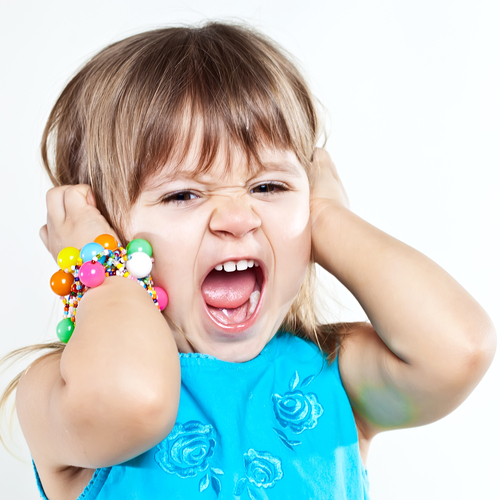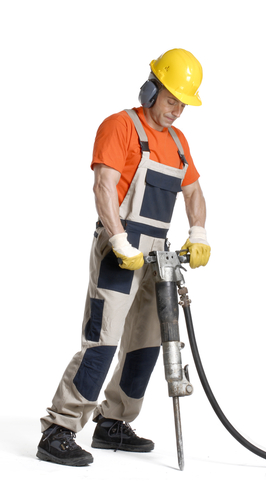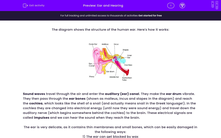How does the ear work?
The diagram shows the structure of the human ear.
.jpg)
The ear allows us to hear sounds because of a series of vibrations. We should be able to name each tiny part and be able to put them in the right order when explaining how we hear vibrations.
Sound waves travel through the air and enter the auditory (ear) canal. They make the eardrum vibrate. The vibrations then pass through the ear bones (shown as malleus, incus and stapes in the diagram) and reach the cochlea, which looks like the shell of a snail (and actually means snail in the Greek language!).
In the cochlea, the sound energy of the vibrations is changed into electrical energy. Finally, this electrical energy travels down the auditory nerve to the brain.
These electrical signals are called impulses and we can hear the sound when they reach the brain.
What can damage your ears?

The ear is very delicate, as it contains thin membranes and small bones. They can be easily damaged in the following ways:
1) The ear can get blocked by wax
2) Accidents or loud bangs can damage the eardrum
3) The middle ear can get infected
4) In older age, the tiny bones can fuse together
5) The nerve cells in the cochlea can sometimes not work very well
6) Constant loud noise can affect the cochlea
How can we protect our ears?

Sound, or noise, can sometimes be unpleasant! A sound intensity meter can be used to measure the loudness of a sound in decibels (dB). In the decibel scale, the threshold of hearing is the quietest sound we can hear. This is at 0 dB.
The road drill is at 90 dB and this is the maximum limit accepted legally. A person shouting can be 100 dB, whereas, loud music is around 120 dB. Sound starts to hurt at 80 dB and the eardrum breaks at 180 dB!
Houses near an airport or other loud areas need double-glazed windows. The air is taken out from between the glass layers to create a vacuum, so sound has no particles to travel through. This is called soundproofing. Ear protectors are usually worn by workers if they work in a loud environment. Noise can be reduced by soft things like carpets and curtains because they absorb some of the sound energy.
Let's move on to the questions.








